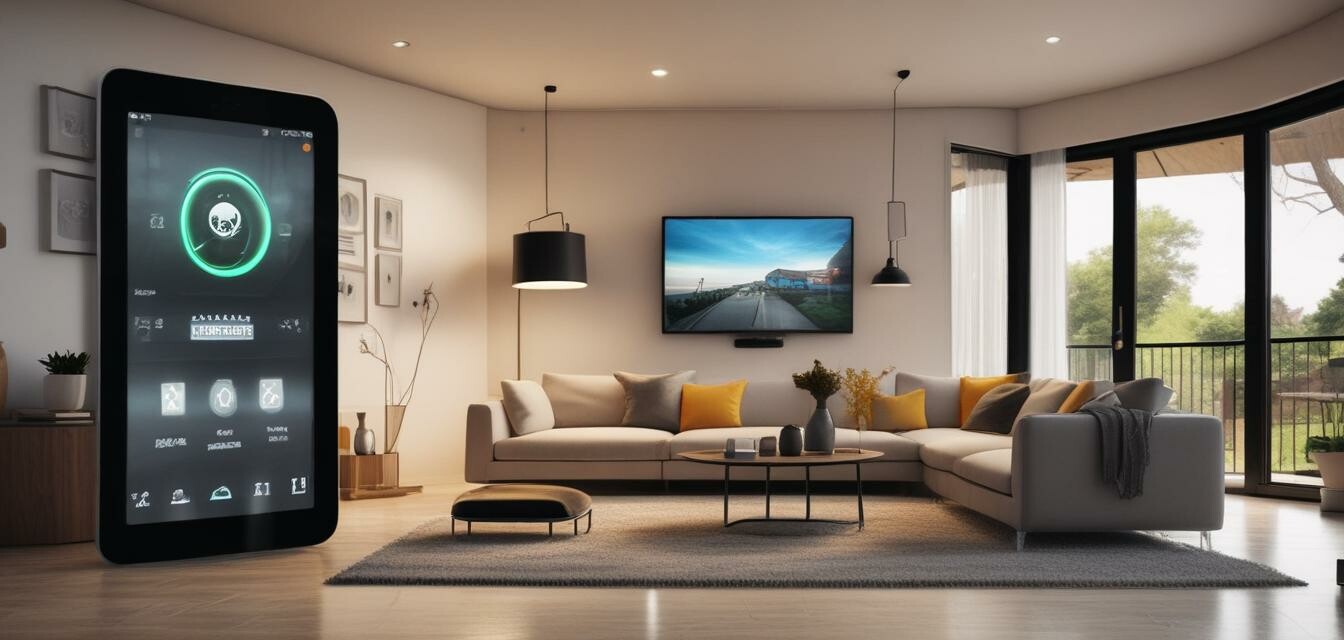
Home Security: The Shift Towards DIY Solutions
Key Takeaways
- The trend towards DIY home security systems is on the rise due to affordability and ease of installation.
- Homeowners now prefer customizable security solutions that fit their specific needs.
- While DIY systems offer numerous advantages, they may require manual monitoring and maintenance.
- It's vital to balance DIY options with your personal security needs and technical comfort level.
The landscape of home security is rapidly evolving. Many homeowners are shifting towards do-it-yourself (DIY) solutions that provide both flexibility and affordability. As technology advances, these DIY systems are becoming more robust, offering innovative features that cater to a homeowner's specific needs. In this article, we'll delve into the reasons behind this shift, weighing the pros and cons of DIY home security systems while highlighting some popular product types you can consider.
The Rise of DIY Home Security Systems
Traditionally, home security systems often required a professional installation and a contract with security companies. However, the introduction of easy-to-install systems has transformed the market. This change allows homeowners to take their security into their own hands.
Factors driving the shift
- Cost-effectiveness: DIY security systems generally have lower initial costs, as they cut out installation fees and long-term contracts.
- Flexibility: Homeowners can tailor their systems to suit their evolving needs, adding or removing components as desired.
- Technological advancements: Smart home integration has made DIY security systems more user-friendly, with applications that enable remote control and monitoring.
- Increased awareness: A greater understanding of security risks encourages homeowners to take proactive measures towards protecting their property.
Pros and Cons of DIY Home Security Solutions
Pros
- Cost Savings: No monthly monitoring fees.
- Easy Customization: Adapt your security system to specific needs.
- High-tech Features: Access to advanced technology without high costs.
- Control: Complete control over the security system without third-party involvement.
Cons
- Self-Management: Requires more engagement in monitoring and maintenance.
- False Alarms: Lack of professional monitoring can lead to more false alarms.
- Technical Issues: May require troubleshooting and technical know-how.
- Limited Insurance Benefits: Some insurance companies provide lower discounts for DIY systems.
Popular DIY Home Security Products
As you consider switching to a DIY home security system, it's essential to know the available product types. These systems generally include:
| Product Type | Description | Features |
|---|---|---|
| Surveillance Cameras | Monitor your home with visual footage. | 1080p HD, night vision, motion detection |
| Smart Locks | Enhance your home entry security. | Remote access, keyless entry, alerts |
| Access Sensors | Notify you when doors or windows are opened. | Wireless, smartphone alerts, battery-operated |
| Alarm Systems | Trigger alerts when unusual activity is detected. | App control, customizable alerts, sirens |
| Motion Sensors | Detect movement in and around your home. | Adjustable sensitivity, smart home integration |
Each of these product categories provides unique advantages that can enhance your home security. To explore more about these aspects, check out our guides on surveillance cameras, smart locks, and alarm systems.
Best Practices for DIY Home Security Installation
Installing a DIY home security system can be straightforward, but there are key steps to consider ensuring maximum effectiveness:
- Assess your security needs: Evaluate which areas of your home require monitoring.
- Choose products wisely: Select products that suit your specific needs and level of expertise.
- Strategic placement: Install cameras and sensors at locations that cover important angles and entry points.
- Regular updates: Keep your system updated and monitored to maintain security integrity.
- Test your system: Regularly conduct tests to ensure everything operates smoothly.
Conclusion
The emergence of DIY home security systems represents a significant step in the evolution of home protection. With their cost-effective nature and increasing technological capabilities, these systems empower homeowners to prioritize their safety. However, it's crucial to weigh the pros and cons carefully and align your chosen solution with your lifestyle and security requirements. By staying informed and engaged in your home security, you can help protect what matters most while enjoying the benefits of DIY solutions.
For further insights on securing your home, explore our blog categories on buying guides, security tips, and stay updated with the latest news and trends in home security.